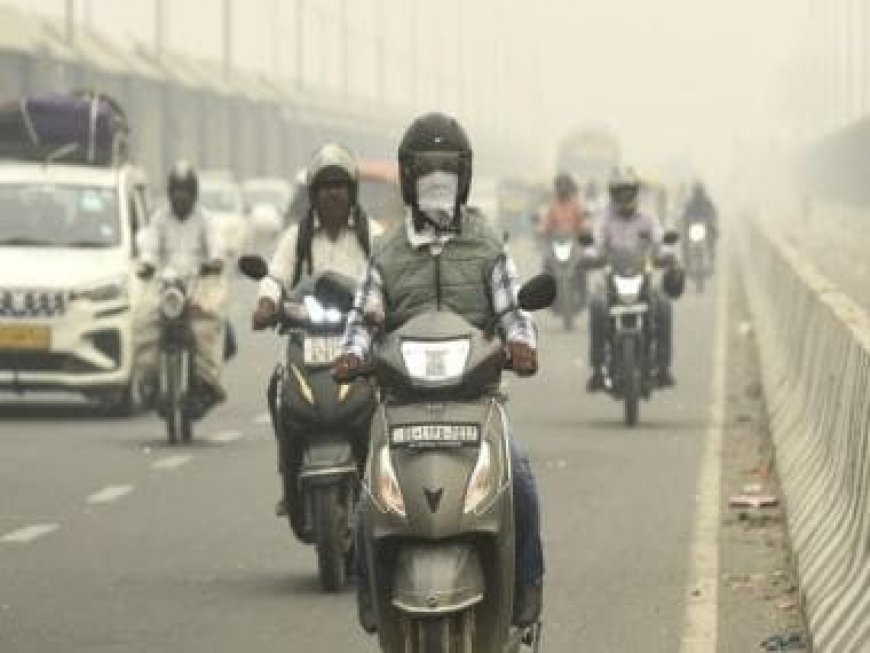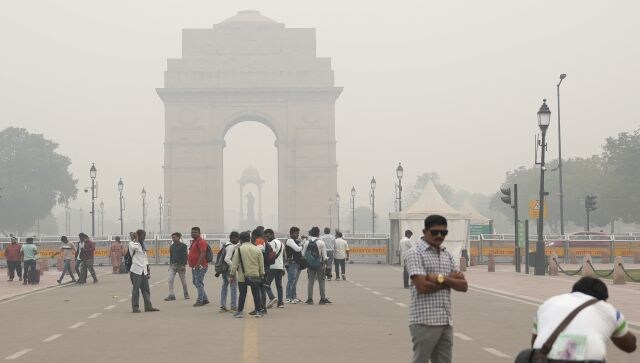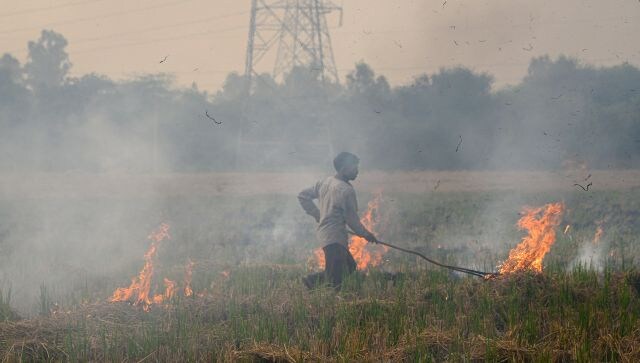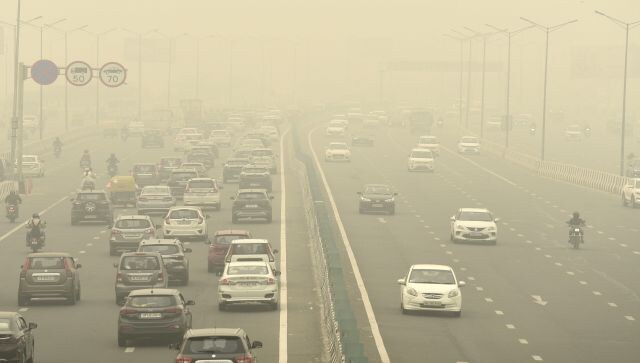Living in ‘gas chambers’: What is making Delhi’s air so toxic?
Living in ‘gas chambers’: What is making Delhi’s air so toxic?

It’s that time of the year. Delhi-NCR is becoming breathless, struggling to deal with the deteriorating air quality. The region is battling the season’s worst pollution. On Friday, the capital was the most polluted major city in the world, according to Swiss air monitor IQAir.
The pollution in Delhi-NCR has peaked over the last few days, throwing everyday life out of gear. We take a look at how bad the situation is and what’s in the air that makes it so toxic.
How bad is the pollution in Delhi and its neighbourhoods?
On Friday, Delhi woke up to another bad air day. A thick layer of smog engulfed the city and its surrounding areas.
According to the Central Pollution Control Board (CPCB), the overall Air Quality Index stood at 346, which is severe. To put things in perspective, AQI between 51 and 100 is considered moderate. Anything above 200 is poor.
The readings for Delhi’s Lodhi Road, Jahangirpuri, RK Puram, and IGI Airport (T3) were 438, 491, 486, and 473 respectively.

The AQI at Anand Vihar reached the “severe’ category with PM 2.5 and PM 10 at 500, while NO2 was recorded at 76, under the “satisfactory” level and CO at 113 in the “moderate category”, as per CPCB. The AQI was 999 on Thursday. In Wazirpur, the air quality was “hazardous” with 763 AQI.
In Gurugram, the air quality was “severe” with AQI in Gwal Pahari touching 440.
There is no respite from pollution for the next few weeks. The Air Quality Early Warning System for Delhi (EWS) in its bulletin said that air quality was likely to be in the “very poor” category until 4 November and also in the subsequent six days. However, the dip to severe was not predicted.
Now experts warn that the next 15 days remain critical.
What’s making the Delhi air so harmful?
Winter is setting in which means farm fires have started in north-west India. They are a major cause of pollution.
Studies by the Delhi Pollution Control Committee pointed out that in the last couple of years, winters have become synonymous with hazardous smog, reports NDTV. The pollution peaks from 1 November to 15 November as stubble-burning incidents in Punjab and Haryana see a spike.
Satellites detected 1,921 farm fire counts in Punjab, 99 in Haryana and 95 in Uttar Pradesh on Wednesday. This year, Punjab saw a 740 per cent increase with 1,068 farm fire incidents after a relatively smoke-free October. Since then stubble burning has continued to rise steadily.
The Decision Support System, the forecasting body under the Union Ministry of Earth Sciences, estimated the share of stubble burning to PM 2.5 levels in Delhi on Wednesday was 18.13 per cent, up from 7.175 per cent on Tuesday. It was predicted to be 22.4 per cent on Thursday and 21 per cent on Friday.

The weather department has said that because of the rise in farm fires, no improvement in Delhi’s air quality is expected over the next two days, according to the NDTV report.
But stubble burning is not all to be blamed.
Pollutants in the air affected visibility in the city. Safdarjung, which is the city’s base station, saw mostly easterly winds on Thursday while Palam witnessed north-westerly winds, reports The Times of India. According to experts pollutants accumulate because of winds coming from opposite directions.
The visibility in Safdarjung dropped to 500 metres with shallow fog and it was 1000 metres in Palam on Thursday, the report says.
Gufran Beig, founder project director SAFAR, and chair professor, National Institute of Advanced Studies, told The Indian Express, “Weather conditions have also become favourable for the accumulation of pollutants. Low visibility is on account of the intrusion of particles.”
“From around this time of the year, wind direction changes and becomes north-northwest. The temperature is not that low, but major factors now are transport level wind direction and speed that is bringing pollutants into Delhi — stubble-related emissions travel at half a km to one km above the surface,” he added.
Lack of strong winds and no rainfall means there is little chance of respite from pollutants. A wind speed of anywhere between 10 to 12 kmph is needed to help disperse pollutants. But the wind speed on Friday was predicted to be four to 10 kmph and around six to eight on Saturday and Sunday, according to the EWS, the report says.
Rainfall during days of pollution can be a blessing. With no rain, Delhi witnessed the worst air quality in October 2023 since 2020, say meteorologists.

Emissions from vehicular traffic also added to the pollution. In a study conducted last year, the Centre for Science and Environment in a study concluded that vehicular emissions contributed to nearly 51 per cent of the PM 2.5 levels in the national capital region. Industries and construction activities contributed to 11 and 7 per cent respectively, reports NDTV.
What’s Delhi doing to tackle the pollution?
A lot right now.
All schools have been shut for two days. The Capital is imposing emergency measures including a ban on polluting trucks, commercial four-wheelers, and all types of construction. These measures constitute the final stage of the Centre’s air pollution control plan and should ideally be activated at least three days before the AQI surpasses the 450 mark, as chalked out in a policy document prepared by the Commission for Air Quality Management (CAQM).
Delhi’s environment minister Gopal Rai chaired a review meeting with all concerned departments at the Delhi secretariat on Friday, on the issue of rising air pollution levels and strict implementation of GRAP-III measures.
#DelhiPollution |”We are continuously working on policies. Last year, 13–14 hotspots were identified where there was a continuous increase in #pollution. The next 15 days are very #critical for Delhi.”
Delhi’s Environment Minister Gopal Rai briefs media | @Sriya_Kundu pic.twitter.com/at4rCdWG5r
— News18 (@CNNnews18) November 3, 2023
“We are continuously working on policies. Last year, 13–14 hotspots were identified where there was a continuous increase in pollution. The next 15 days are very #critical for Delhi,” he told CNN-News18.
With inputs from agencies
What's Your Reaction?



























































